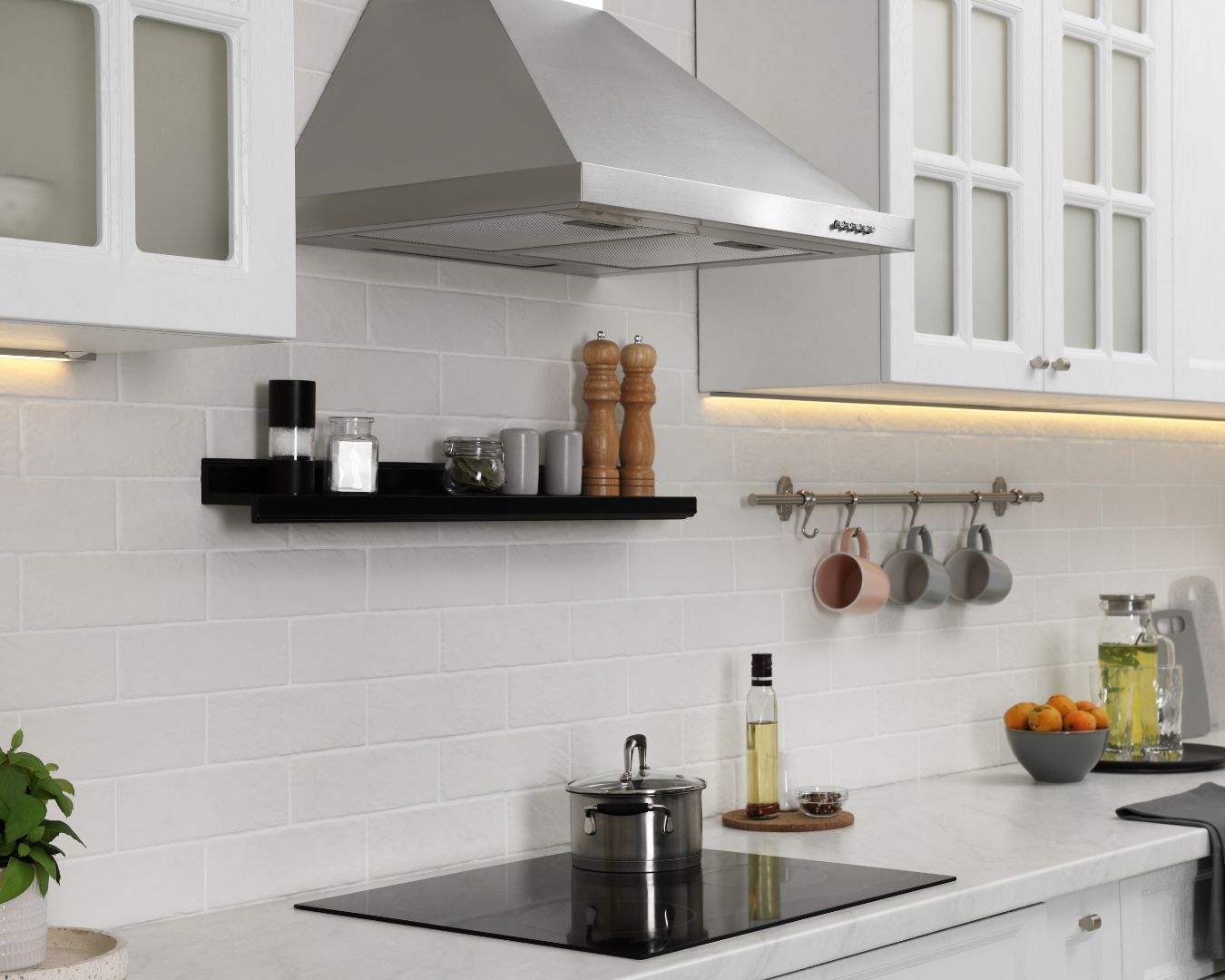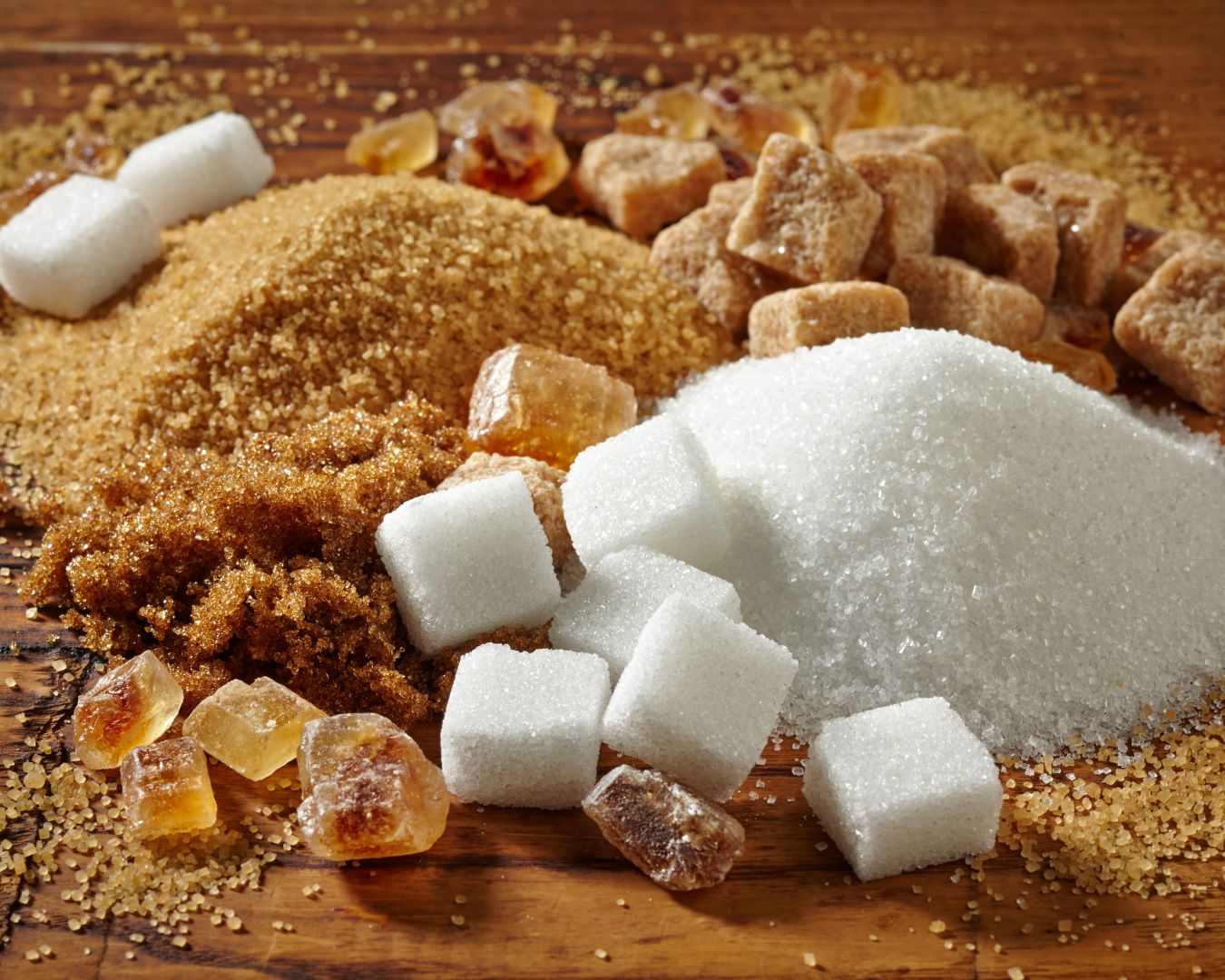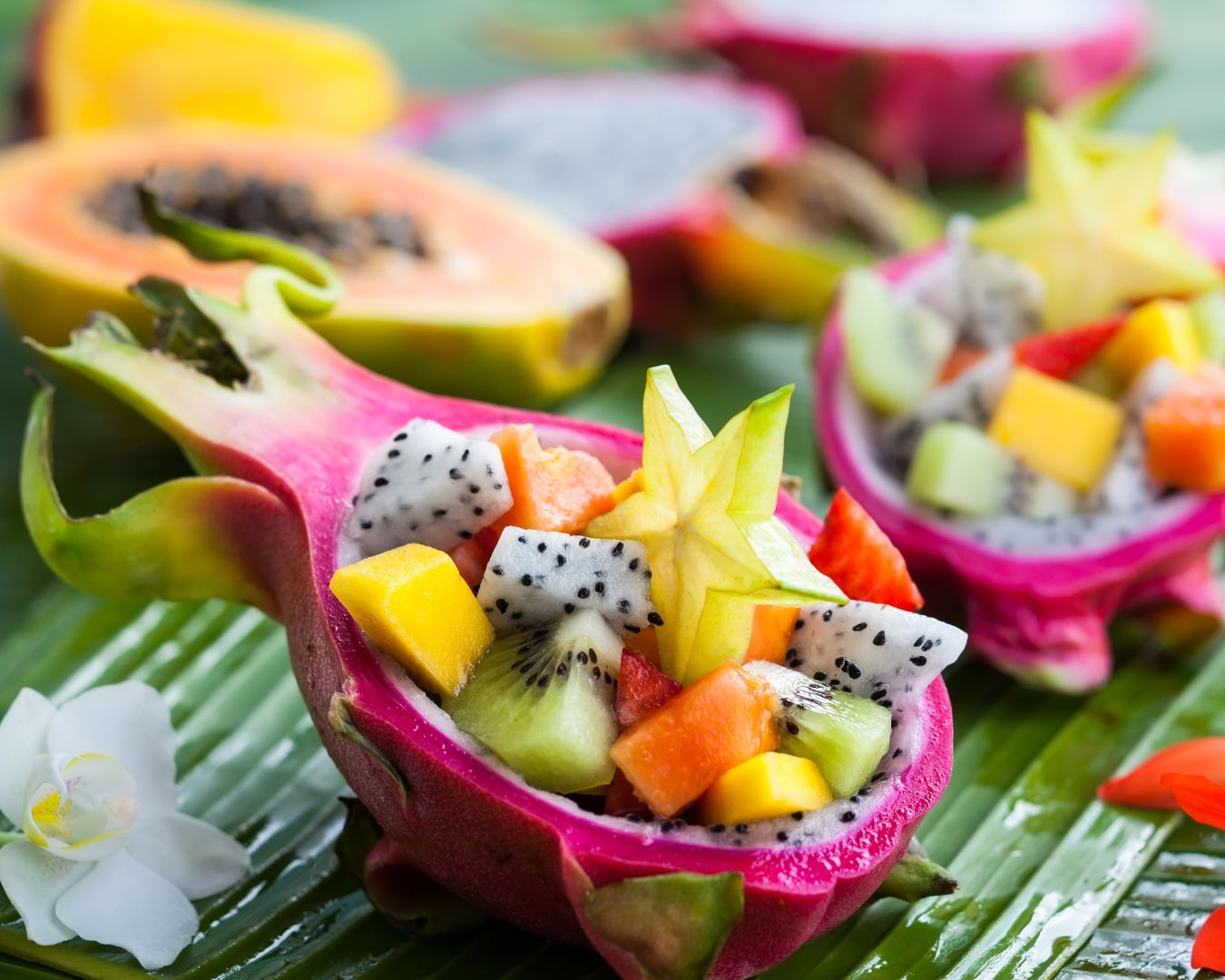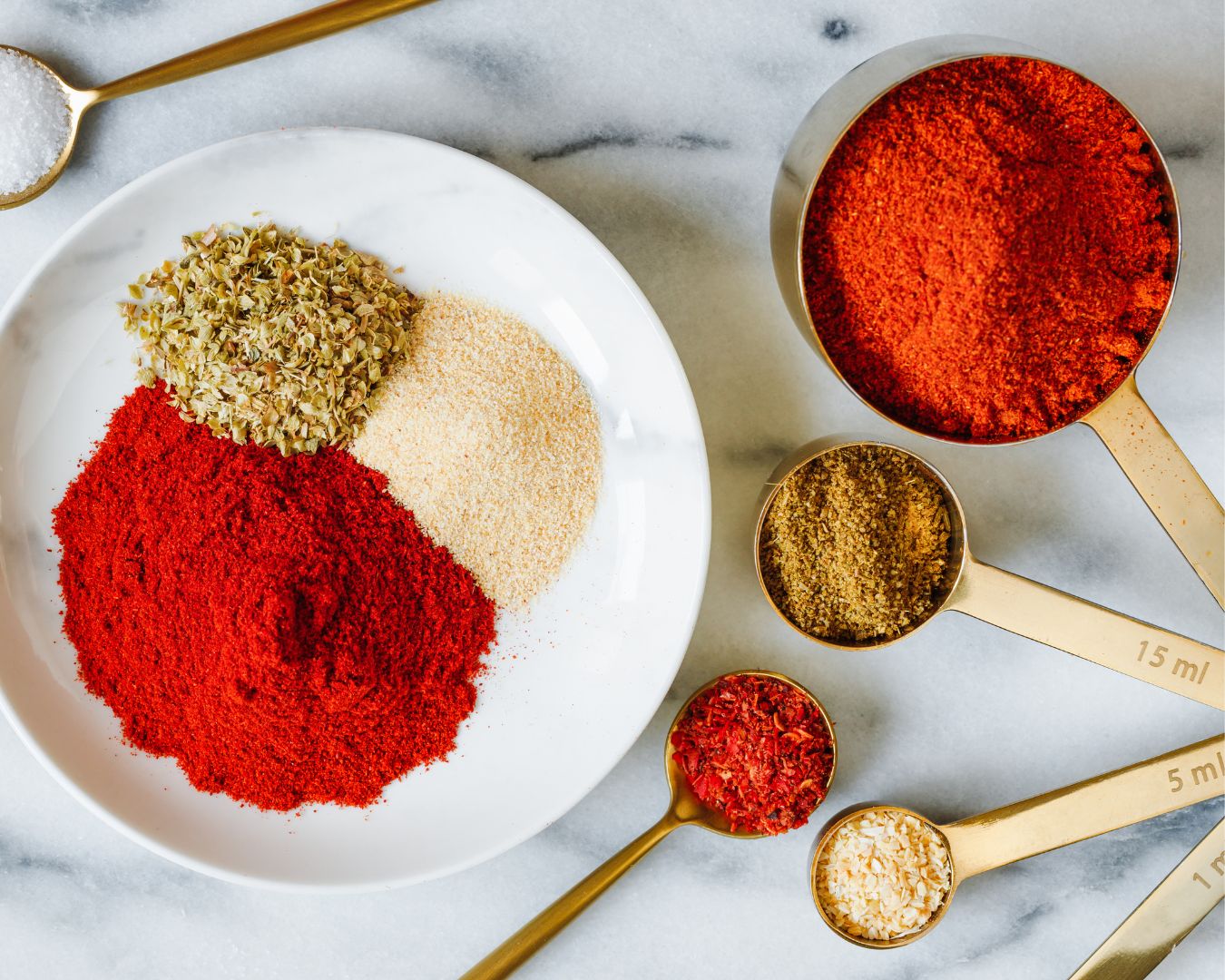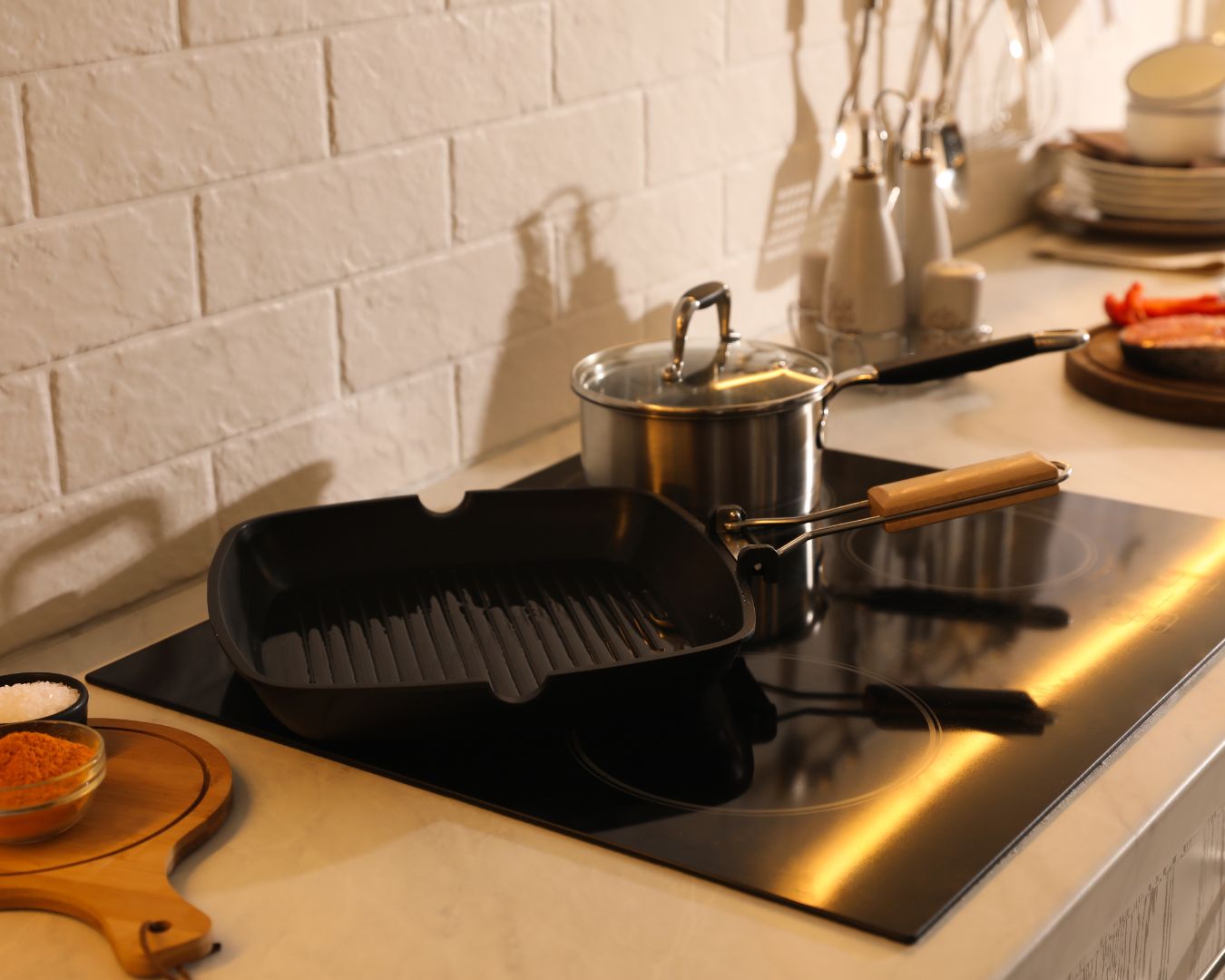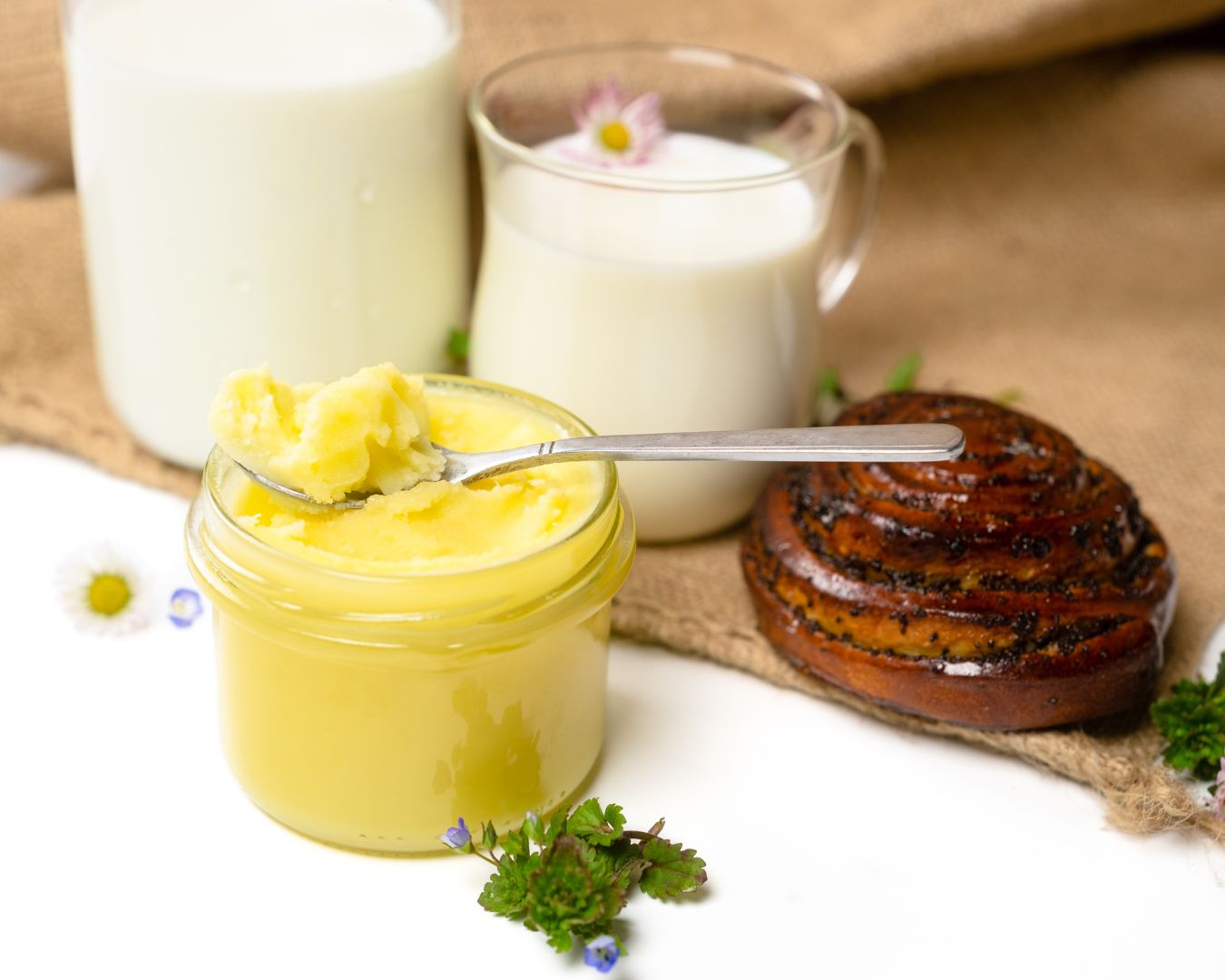When it comes to home cooking, the cooktop is often the heart of the kitchen. Whether you have a gas, electric, or induction cooktop, having the right accessories can make a world of difference in your cooking experience. From ensuring even cooking to making cleanup a breeze, the right tools can enhance both convenience and efficiency. Let’s dive into some essential cooktop accessories that can help take your culinary adventures to the next level! Griddles for Perfect Pancakes and More A griddle is a must-have accessory for your cooktop, especially for making breakfast favorites like pancakes, eggs, and bacon. It provides a flat, even cooking surface that spans multiple burners, allowing you to cook larger batches at once. Many griddles are reversible, with a smooth surface on one side for pancakes and a ridged surface on the other for grilling vegetables, sandwiches, or even steak. Tip: When using a griddle, preheat it on medium heat for even cooking. Non-stick versions make flipping and cleanup a breeze! Wok Ring for Stir-Frying If you’re a fan of Asian cuisine or love stir-frying, a wok ring is an excellent accessory. A wok ring stabilizes the rounded bottom of a traditional wok on your cooktop, ensuring better heat distribution and control. With it, you can achieve high-heat cooking without worrying about the wok tipping over. Tip: Use a carbon steel wok for the best results. It heats up quickly and evenly, making it perfect for quick stir-fries, fried rice, and even steaming. Simmer Plate for Low-Heat Cooking When it comes to slow cooking, making sauces, or simmering soups, a simmer plate can be a game-changer. It acts as a buffer between your pot and the cooktop, distributing heat evenly and preventing scorching. This is particularly useful when you need low, consistent heat for dishes like custards, delicate sauces, or melting chocolate. Tip: Simmer plates are ideal for recipes that require precision, especially on gas cooktops, where flames can sometimes be too intense. Splatter Guards for Mess-Free Cooking No one enjoys cleaning grease splatters from the cooktop, backsplash, or countertops. A splatter guard is a simple accessory that sits on top of your pans and prevents grease, oil, and sauce from splattering as you cook. This is especially useful when frying or sautéing at high heat. Tip: Opt for a stainless steel or silicone splatter guard with fine mesh—it allows steam to escape while keeping your cooktop clean. Cooktop Mats for Easy Cleanup Cooktop mats are designed to protect your cooktop from spills, stains, and scratches. These mats, often made of heat-resistant silicone, can be placed under pots and pans while cooking. Afterward, simply remove the mat and wipe it clean. Cooktop mats are particularly useful for electric and induction cooktops, where scratches and smudges can be more noticeable. Tip: Make sure to choose a mat that’s designed for your specific type of cooktop. For induction cooktops, the mat needs to be compatible with the induction surface. Cast Iron Grill Pan for Indoor Grilling Love grilling but don’t want to fire up the outdoor grill? A cast iron grill pan lets you enjoy the flavor of grilled foods year-round. With raised ridges, this pan creates beautiful grill marks while allowing fat to drip away from the food, simulating outdoor grilling. It’s perfect for grilling everything from steaks and burgers to veggies and seafood. Tip: Preheat your grill pan on the cooktop for a few minutes to achieve those perfect sear marks. Don’t forget to season the cast iron regularly to maintain its non-stick surface. Pot and Pan Lids for Efficient Cooking Investing in high-quality lids that fit your pots and pans can make cooking more efficient. A well-fitted lid helps trap heat and moisture, which reduces cooking time and retains flavors in your dishes. It’s also an essential tool for simmering, braising, or steaming. Tip: Opt for glass lids with vent holes—they allow you to monitor your food while releasing excess steam, preventing over-boiling. Cooktop Cleaner Kit for a Sparkling Finish Once the cooking is done, keeping your cooktop clean is essential for both hygiene and longevity. A dedicated cooktop cleaner kit typically includes a gentle cleaner, a scraper, and a microfiber cloth to remove stains, spills, and burnt-on food without scratching the surface. Tip: For induction or electric glass cooktops, avoid using abrasive cleaners or scouring pads. Instead, stick to non-scratch cleaners designed for glass surfaces. By incorporating these accessories into your kitchen routine, you’ll find that cooking becomes not only easier but also more enjoyable. From preparing meals more efficiently to ensuring your cooktop stays in pristine condition, these tools are small investments that bring big benefits. So, whether you’re whipping up a quick breakfast or preparing a gourmet dinner, make sure you have the right accessories on hand to enhance your cooking experience! What cooktop accessory can’t you live without? Let us know in the comments!


